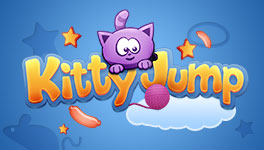Spotify launches paid podcast subscriptions and Apple isn't going to be happy

Spotify launches paid podcast subscriptions and Apple isn’t going to be happy

Spotify has announced its new paid platform for podcasts, which enables content providers to charge for subscriber-only content.
The new platform, which rolls out in the US today ahead of an international launch in the coming months, comes as a direct challenge to the newly-announced Apple Podcasts Subscriptions.
Podcasters will be able to set their own fees, but Spotify is distinguishing itself from Apple in one major way. For the first two years, the company will not take a cut of the revenue or charge them any fees beyond payment transactions. In 2023 Spotify will begin to take a 5% cut.
Apple, on the other hand, will charge its usual in-app purchase fee of 30%, so Spotify’s option is certainly more creator-friendly. Spotify is also looking to bypass the in-app purchase mechanisms by accepting payments through other means. Would-be subscribers will instead complete the purchase via the publishing platform Anchor, Spotify itself or “other listening platforms”.
Related: What is Apple Podcast subscriptions?
In terms of the changes to the app, subscriber-only content will be clearly marked within the Spotify app. The subscriber-only content will still exist within the main feed, but a padlock icon will be displayed, which users can tap to unlock.
Initially, 12 independent creators which Spotify says “are each uniquely well positioned to succeed in gaining meaningful revenue from their audiences” will be part of the program with others able to join a wait list soon.
Spotify says: “Listeners can look forward to a seamless Spotify listening experience. This subscriber-only content will be fully searchable and discoverable within the Spotify app, and even show up within a show’s main feed—shows will be marked with a lock icon on the play button. Listeners will be able to tune in knowing that their subscriptions are going directly to the podcasters they love, giving independent creators a revenue stream on their own terms.”






















